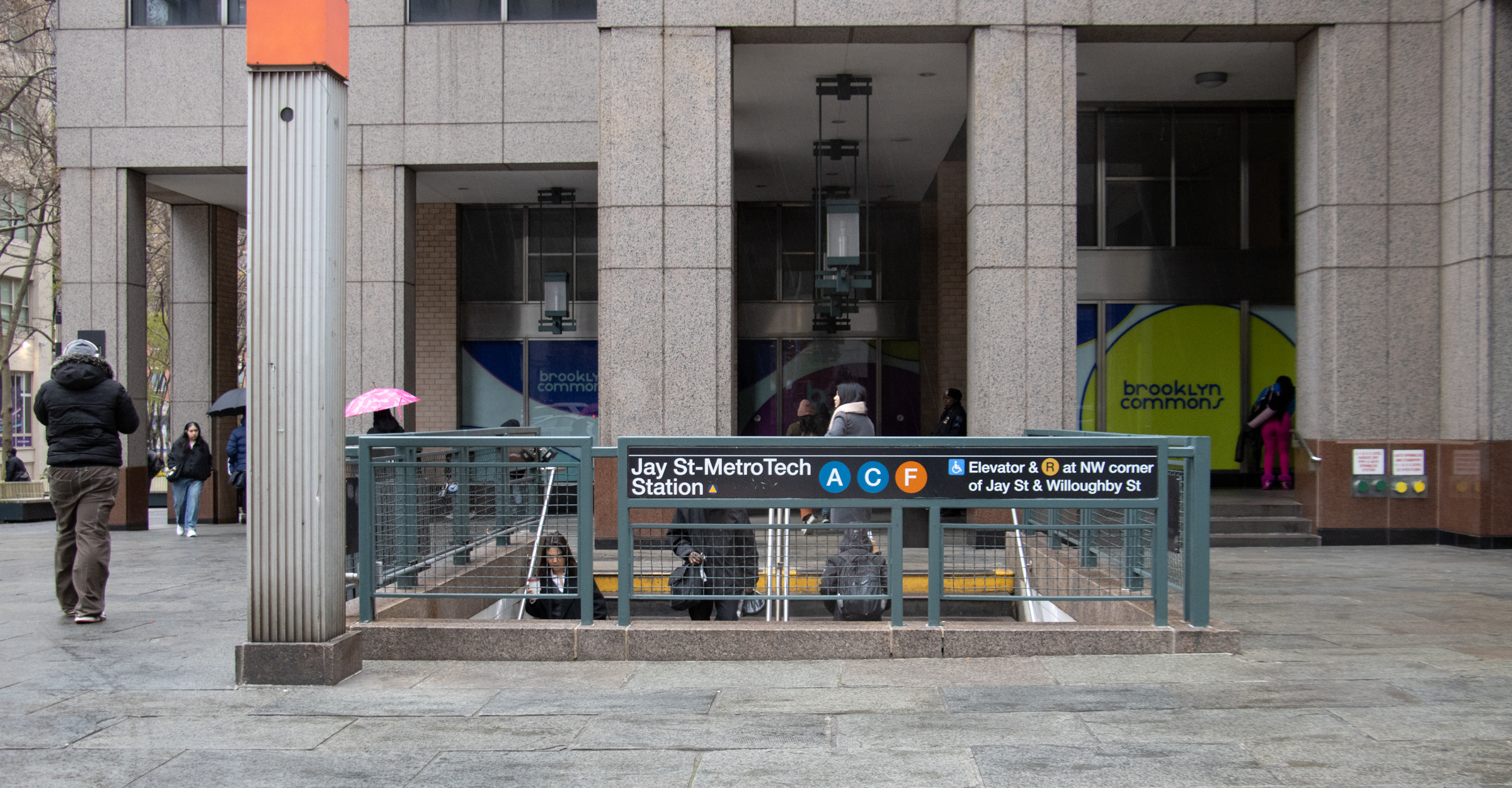Corcoran Market Report: We're OK, Actually
We got our hands on Corcoran’s Q2 sales data, and it shows that the state of the Brooklyn market isn’t quite as precarious as the Times made it out to be. The median price per square foot sales price of condos and co-ops is up 10 percent over this time last year, to $560,000, and…


We got our hands on Corcoran’s Q2 sales data, and it shows that the state of the Brooklyn market isn’t quite as precarious as the Times made it out to be. The median price per square foot sales price of condos and co-ops is up 10 percent over this time last year, to $560,000, and there was a 4 percent reduction in condo/co-op inventory. In terms of townhouses, while the median price on one-families was down 3 percent from Q2 ’07 levels, to $965,000, the median price on 2-4 families was up 6 percent, to $1,240,000. In fact, all the brownstone Brooklyn neighborhoods had pretty substantial price increases in the larger townhouse category, and inventory was extremely tight. The most startling figure in the report is the 15 percent decrease in median prices for Williamsburg condos, but even that doesn’t seem so horrible when you factor in that Corcoran had 47 percent more condo listings between April and June ’08 compared to the same three months in ’07. Another mediating factor to consider in viewing the drop in median price of Williamsburg condos: Many developers began skewing their mix of inventory towards studios and one-bedrooms since those were the units that were selling best; if there were more small apartments in the 2008 data, one would expect to see average and median prices declining. Conclusion: We don’t think the party’s over and done with in Brooklyn, either.
Manhattan ‘Still a Party’; Hangover for Williamsburg? [Brownstoner]





The proliferation of the arts in NYC…MoMa, The Whitney, BROADWAY, Lincoln Center, BAM, the MET, Indie rock’s birthplace, graffiti art, headquarters for every major dance company, home base for classical and operatic music, all of the publishing houses….THESE are the things that attract residents to NYC.
Without them, we are Kansas City.
Whether you choose to support the arts, financially or as a patron, you must at least accept the fact that ART has made NYC what it is today.
It is INTEGRAL to the vitality of this and every other great city.
I’ve taken no economics courses whatsoever, but I am hard=pressed to understand how someone making $30K/year is living in this city, let alone donating to the arts in any quantity that makes a difference. Or why “the arts” considers itself some kind of financial juggernaut in the first place.
bxgrl = montrose morris = NOP
And you’re right- you shouldn’t.
So was that your contribution to the discussion? How intelligent. How productive.
bxgrl, your comments here are typically the most ignorant of the lot, so i wouldn’t be bragging about anything.
1:54- I’ve taken quite a few economic courses and if you had a well-rounded education, you would be able to comment much more sagely about history and Harlem.
3:20, the whole city is indirectly related to finance. those people who do not work in finance who are donating $100 may be interior decorators or massage therapists who are hired by finance people.
you cannot ignore the indirect effect, including the revenues the city will not receive this coming year from Bear Stearns and other finance companies that are hurting. what will the city’s budget look like after this year of little revenues collected from corporations?
“I’m sure they give far more than you do.”
And you would know this how?
Since I WORK in the arts and donate my time practically for nothing, I would argue that. I probably give away a good 15% of my income to arts and charities, which according to the latest information I saw was about 13% more than those who work in Finance. As someone who oversees the donor system for one of the largest arts organizations in the city, I can tell you that there are few people who work on Wall Street on that list.
It is the everyday New Yorker who gives money with more frequency to ours and other organizations. 100$ is a lot for someone making 30,000 a year. In comparison to their salaries, Wall Streeters give a fraction of that amount.
I’m just telling you from my own experience.
Perhaps YOU donate more, but those in Finance are not known to be generous, by and large.
3:06 — inflation is low. the market will have to stagnate for more than a year or two to get back to trend. at 4% inflation, it’d take at least a decade if nominal prices don’t drop.
normal appreciation is less than 1% over inflation, plus perhaps another 25% one time boost for the city having gotten relatively more attractive than its competitors. see shiller for details.